Ticket to Ride Europe is a family weight board game where 2-5 players build train routes across Europe to score the highest number of points.
It is a standalone game published by Days of Wonder and is the second Ticket to Ride game in the large series. According to the game box, the game takes 30-60 minutes to play. The game rules are extremely similar to the original Ticket to Ride but have a few new additions. Let’s take a look at how to play this game and then see if it’s worth getting.
How to Play
The goal of the game is to score the most points. Players will score these points each time they place trains on the board and complete destination tickets. At the start of the game, each player is going to have four train cards and four destination tickets. They will have to choose at least two of those destination tickets to keep, but they can choose to keep more if they wish. Each ticket will have two cities and a point value. In order to score the points listed on the ticket, the player will have to build trains to connect the two locations. The reason why someone may not want to keep all the tickets is that they will lose the point value shown if they fail to connect the two cities by the end of the game. Once all players have chosen which tickets they want to keep, players will take turns where they do one of the following actions.
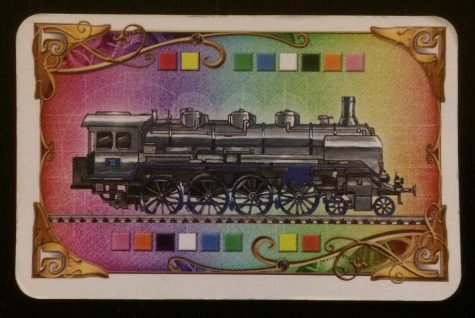
Locomotives can be used as any color train card.
Draw Train Cards
Train cards are needed to claim routes on the board. If a player wants to take train cards, they can take two cards from either the face-up row or the top of the deck. Locomotives are a wild card that can be used as any color, but if a player takes a face-up locomotive, they only get to take that one card. Cards taken from the row are immediately replenished.
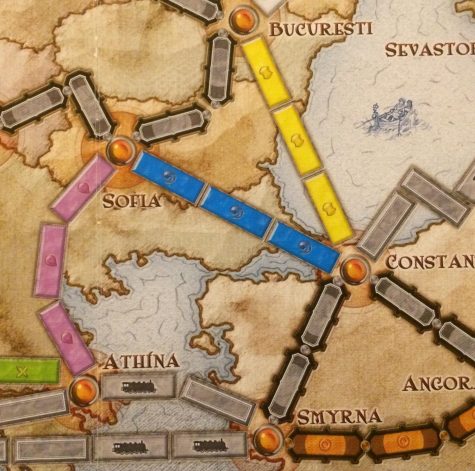
The route from Athina to Smyrna is a ferry route. It functions like a typical route except the player must use a locomotive card for each ferry symbol the route has. The route from Sofia to Bucuresti is a tunnel route. That means that three train cards from the top of the deck will be flipped when a player attempts to claim the route. They will need to use an additional card for each of those three cards that matches the color they are using to claim the route.
Claim a Route
A player can claim a route on the board that hasn’t already been claimed by playing a number of train cards equal to the length of the route they want to claim. The color of the cards must also match the color of the route they want to claim. For example, using the photo on the left, a player would need three blue cards to claim the route from Sofia to Constantinople. The player could also use any combination of blue cards and locomotives because locomotives can be used as any color. When building a gray route, the player gets to pick which color cards to play. Still, they can only play one color. After claiming the route, the player scores points based on its length.
Build a Train Station
Train stations are a new feature that are not seen in the original game. Each player has three train stations, and they are worth four points at the end of the game if they are unused. After reading the last section on claiming routes, you may be wondering what to do if an opponent blocks the route you needed. When checking if destination tickets are completed, train stations allow its owner to use one of the routes connected to the city it’s built in. The route must be claimed by another player, and the route can be used to complete more than one ticket. To build a station, a player needs one train card for the first station, two train cards of the same color for the second station, and three train cards of the same color for the third one.
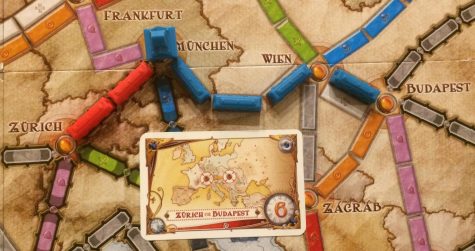
The blue player can complete their ticket from Zurich to Budapest because their train station allows them to use the red player’s route.
Draw Destination Tickets
A player willing to take risks can use their turn to draw three destination tickets from the top of the deck. After looking through them, they must keep at least one of them. Taking additional tickets is beneficial because completed tickets earn points, but it is also dangerous because unfinished tickets are worth negative points.
End of the Game
When a player has two or fewer train cars left, the last round of the game is triggered. Each player, including the one who caused the game to end, gets one final turn. At that point, each player scores the points for their destination tickets and remaining train stations. The player with the longest continuous route of trains gets an additional 10 points. The player with most points is the winner.
Final Thoughts
This is a fantastic game, and I would highly recommend it to anyone. Even if you aren’t into board games, this game provides a great experience for the family because it’s easy to teach and doesn’t take long to play.
Ticket to Ride Europe is a gateway level game and works for all ages. I’ve played this with my younger cousins and my grandparents, and they’ve all enjoyed it.
The mechanisms work well. First, you look through a few tickets to see which ones you are going to pursue. Then, it’s fast-paced. You’re usually either taking two cards or claiming a route. There’s never any downtime between turns. In fact, it often becomes your turn again before you even realize it. After a while, you have your plan to complete your tickets and then it’s like an engine: I’ll take these cards, now I’ll claim this route, then I’ll claim this route, and so on.
Despite the fast pace, the game offers numerous strategic decisions. Some players are going to try to complete lots of destination tickets, and that’s one strategy. Another player may only keep a few short tickets, but try to build longer routes to get more points and end the game faster. A third player may see that another player has two networks of trains that need to be connected and try to block that connection. While some people may find that demoralizing, the game offers train stations, so you can still complete your tickets even after someone blocks you.
One of the things I really like about the game is that there’s a sense of area control. I need to plan a route between the cities and then adapt that plan as opponents get in the way of it. Within that plan, I have to determine what order I’m going to claim the routes, so I don’t get blocked. The map will get crowded at the higher player counts, but to balance that, there are some connections between cities that have two routes, where the second route can only be claimed at higher player counts. The area control part of the game adds a sense of competition since there is more interaction.
Additionally, the game does have replay value. Each game, you and your opponents will get different tickets which will change the dynamic.
As for components and artwork, Ticket to Ride Europe is visually appealing. If someone sees this game on the shelf or set up on the table, they’ll be drawn toward it. The artwork on the game board and the box are incredibly well-done and the components are high-quality. The plastic trains look amazing, and they fit well onto the spaces on the map.
Another amazing detail is that the game involves a lot of colors but is still playable for those who are color blind. The corner of each train card contains a symbol to represent what color it is. Each non-gray route on the board also has the matching symbol on each space of the route.
Ticket to Ride Europe is worth the price. It is usually available in certain stores and online for about $30-45. Overall, I would give Ticket to Ride Europe a 10 out of 10 because it’s easy to learn, has beautiful components, and is quick to play.

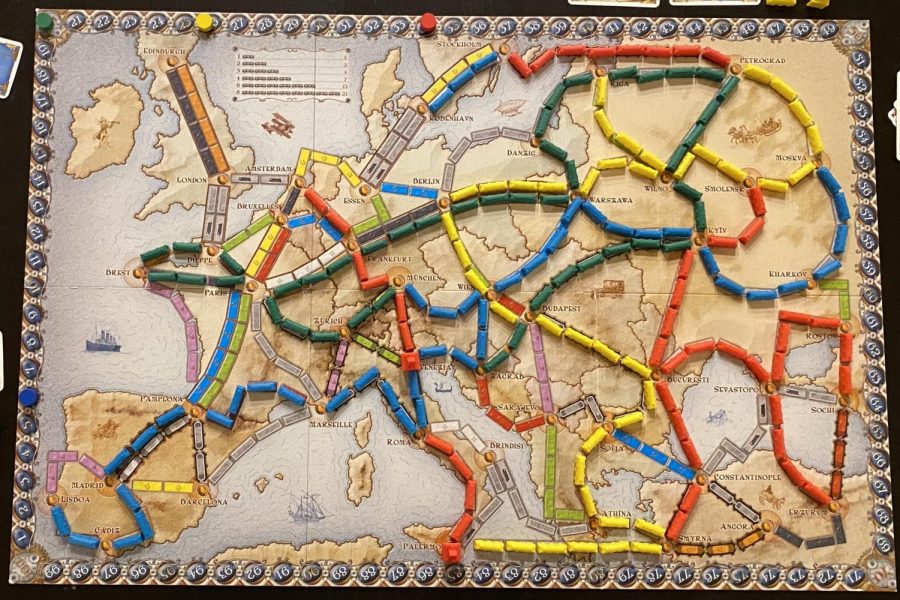

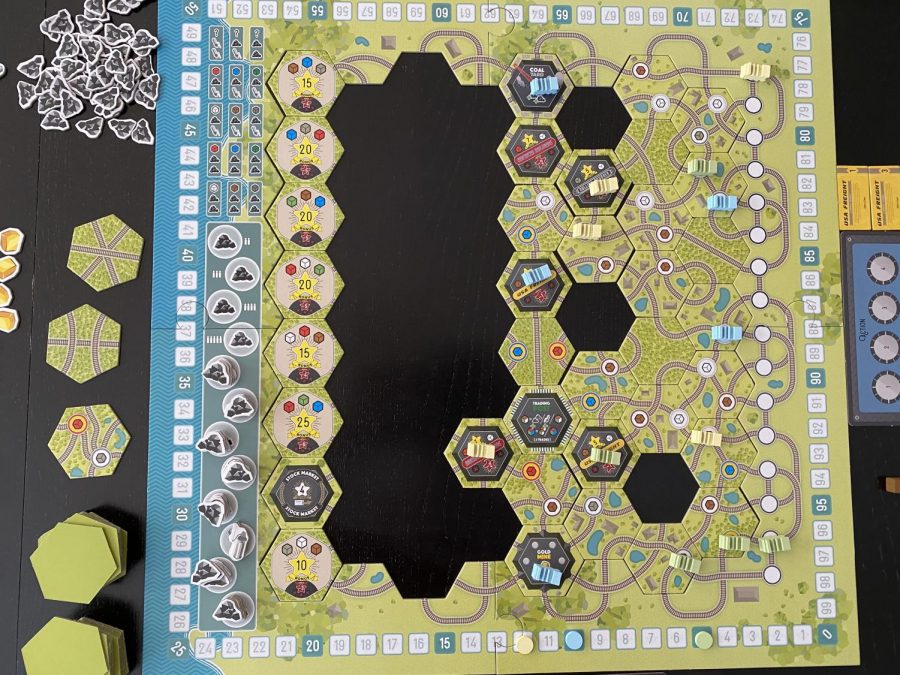
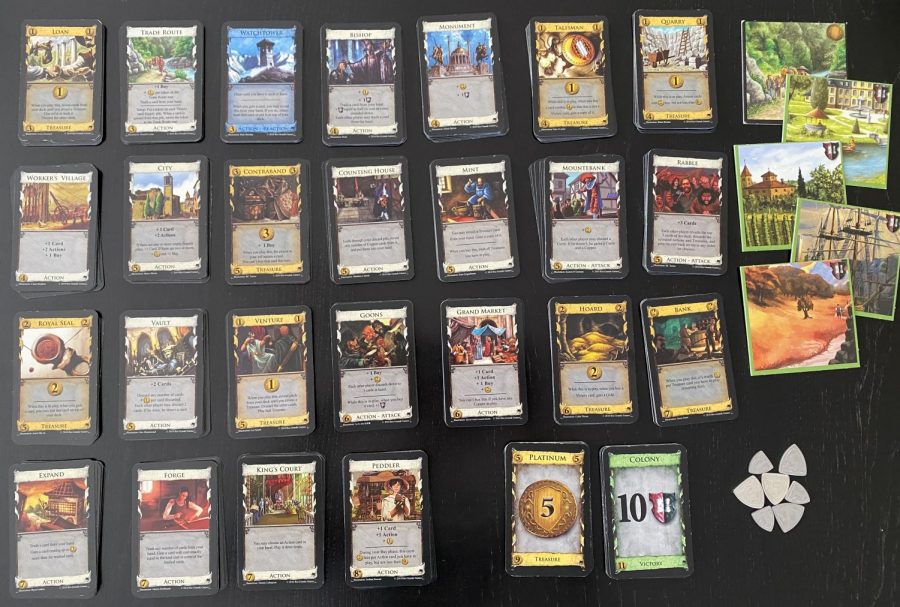

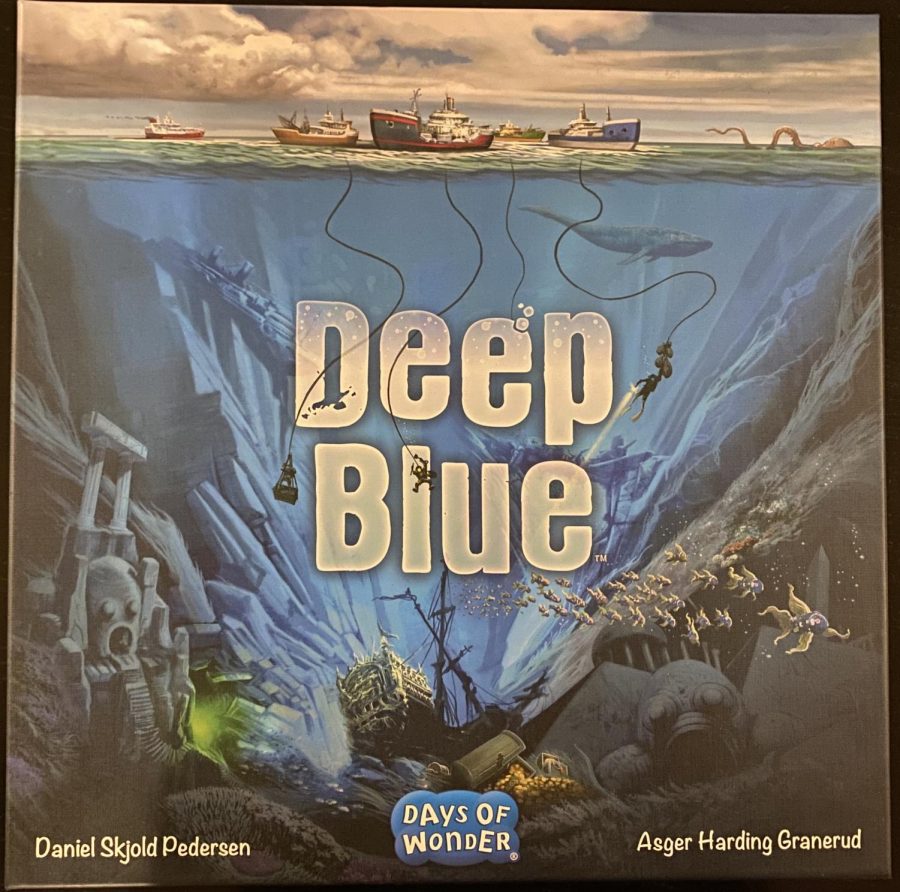
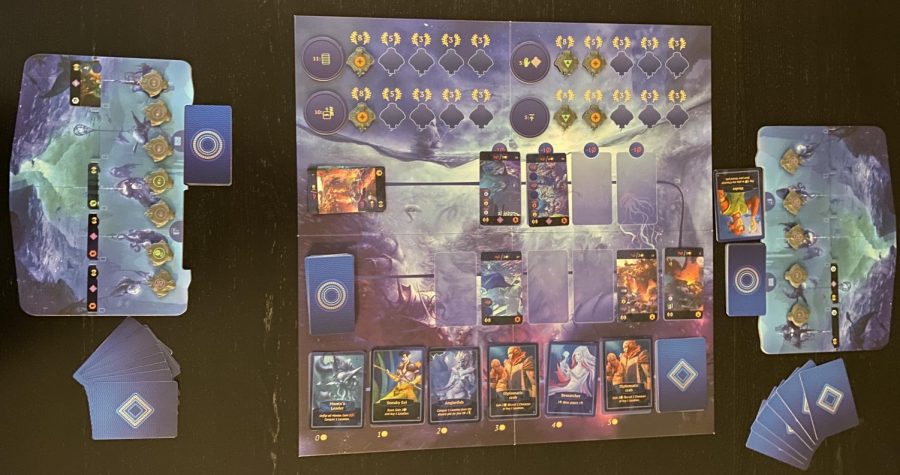
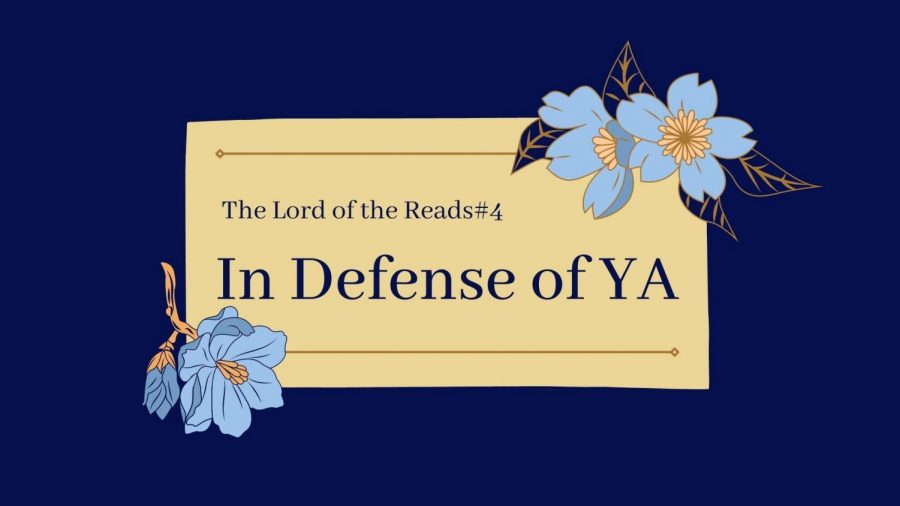
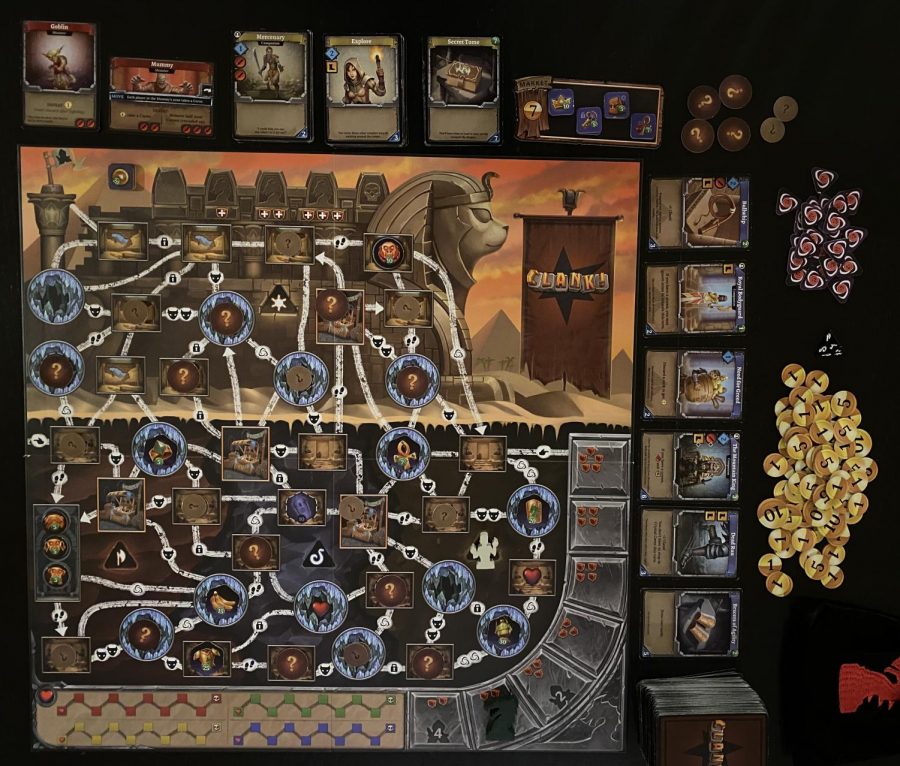
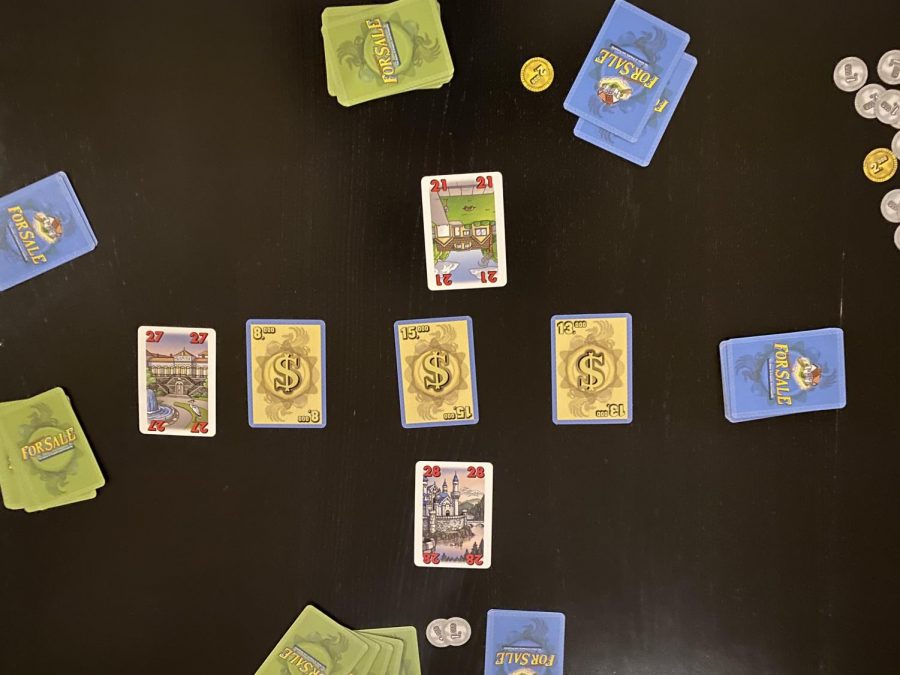
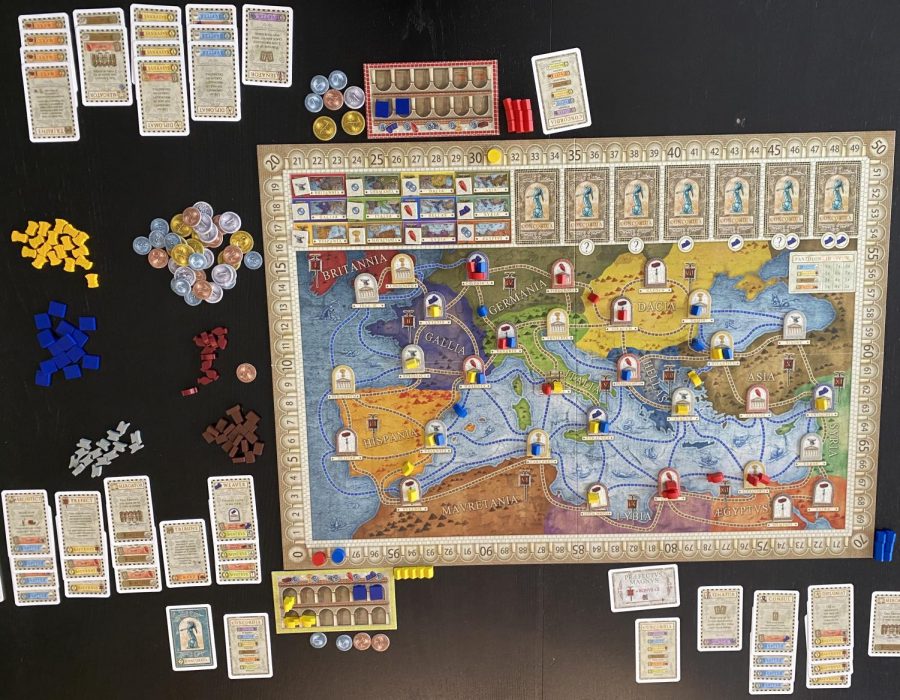


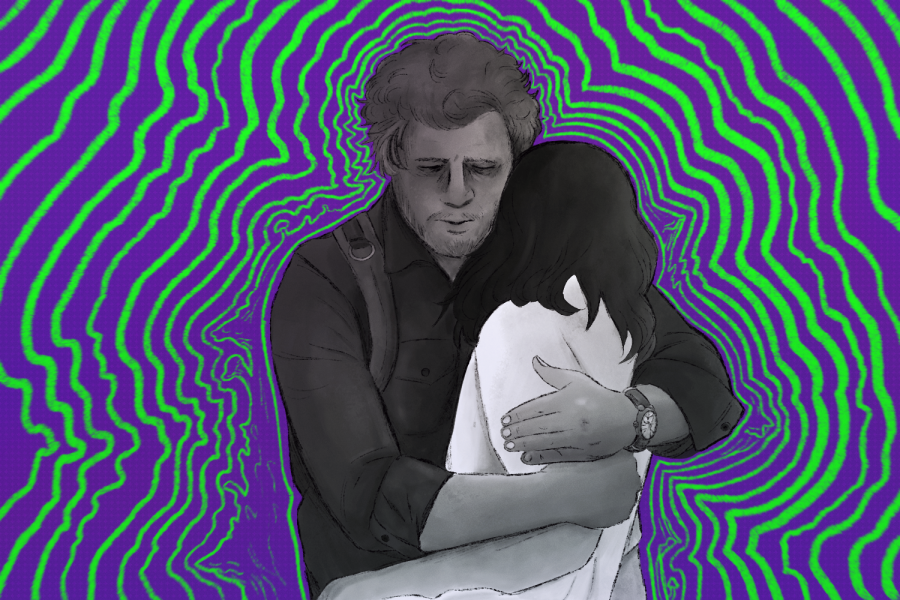


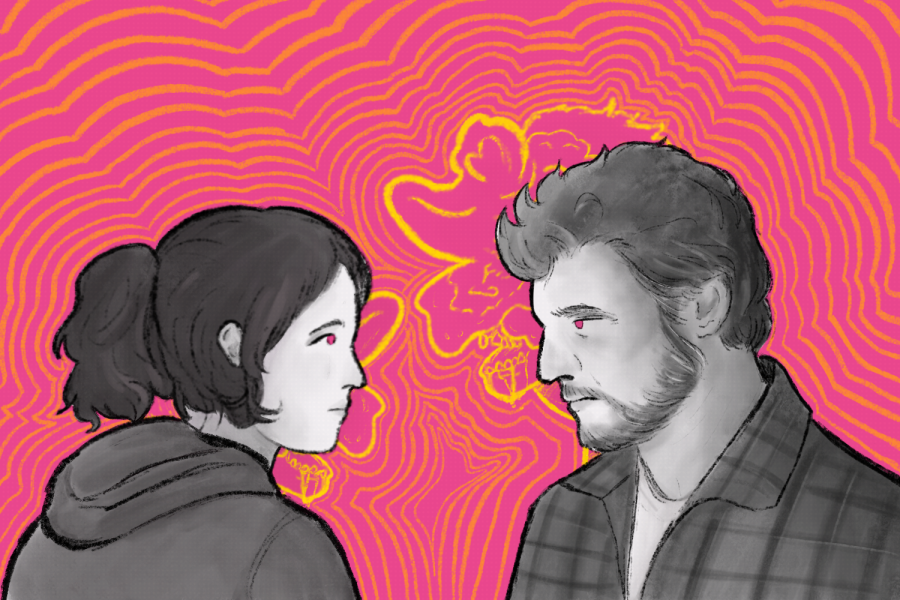
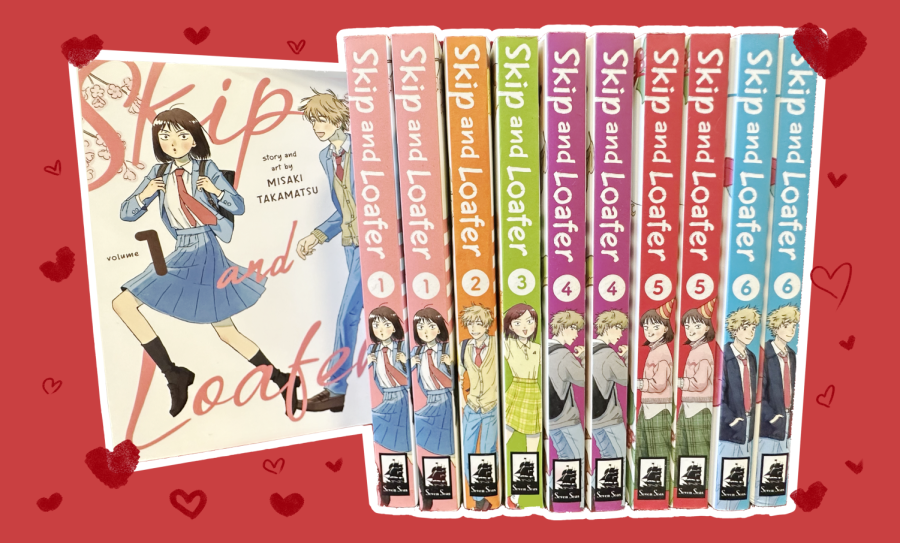

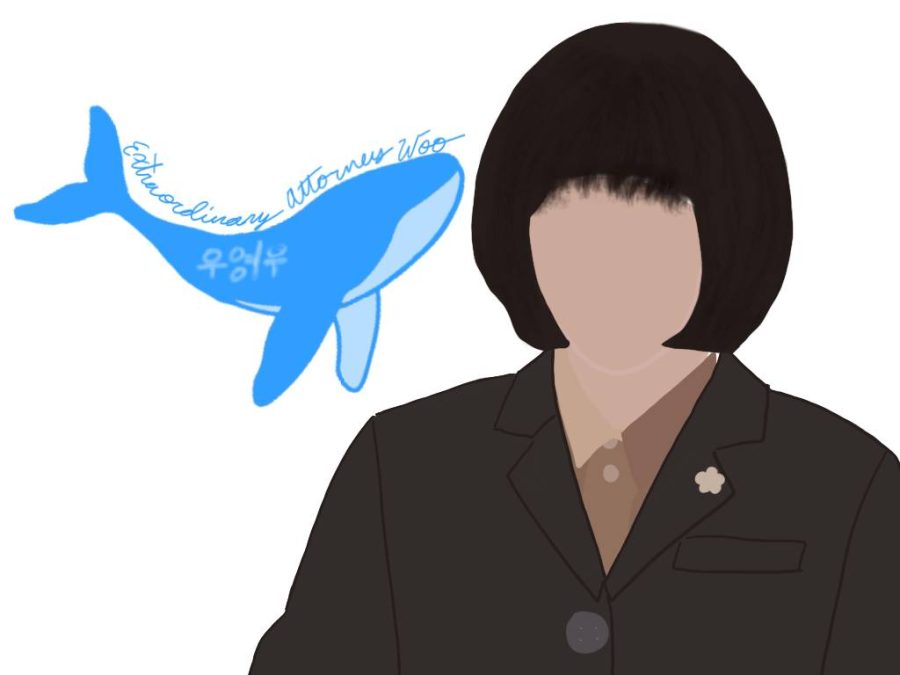



Shelly Cherry • Jul 9, 2021 at 6:49 am
My family and I play Ticket to Ride. We own every edition, expansion packs and Anniversary Editions, including the new 15th Anniversary edition. We always have a game going. Sometimes put Europe Nd USA together with ferries.